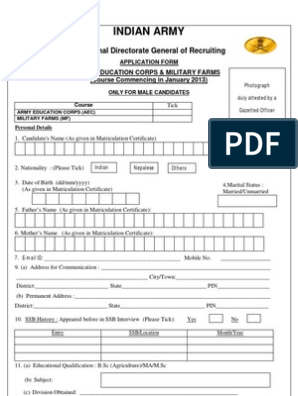0% found this document useful (0 votes)
13 views14 pagesChapter 2 Accounting Concepts and Principles
Chapter 2 outlines key accounting concepts and principles, including the separate entity concept, historical cost concept, and going concern assumption. It also discusses regulatory bodies influencing accounting practices in the Philippines, such as the SEC and BIR, and highlights qualitative characteristics that determine the usefulness of accounting information. The chapter emphasizes the importance of relevance, faithful representation, and enhancing characteristics like comparability and understandability in financial reporting.
Uploaded by
eunicemercado129Copyright
© © All Rights Reserved
We take content rights seriously. If you suspect this is your content, claim it here.
Available Formats
Download as PDF, TXT or read online on Scribd
0% found this document useful (0 votes)
13 views14 pagesChapter 2 Accounting Concepts and Principles
Chapter 2 outlines key accounting concepts and principles, including the separate entity concept, historical cost concept, and going concern assumption. It also discusses regulatory bodies influencing accounting practices in the Philippines, such as the SEC and BIR, and highlights qualitative characteristics that determine the usefulness of accounting information. The chapter emphasizes the importance of relevance, faithful representation, and enhancing characteristics like comparability and understandability in financial reporting.
Uploaded by
eunicemercado129Copyright
© © All Rights Reserved
We take content rights seriously. If you suspect this is your content, claim it here.
Available Formats
Download as PDF, TXT or read online on Scribd
/ 14


























































































